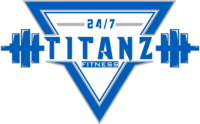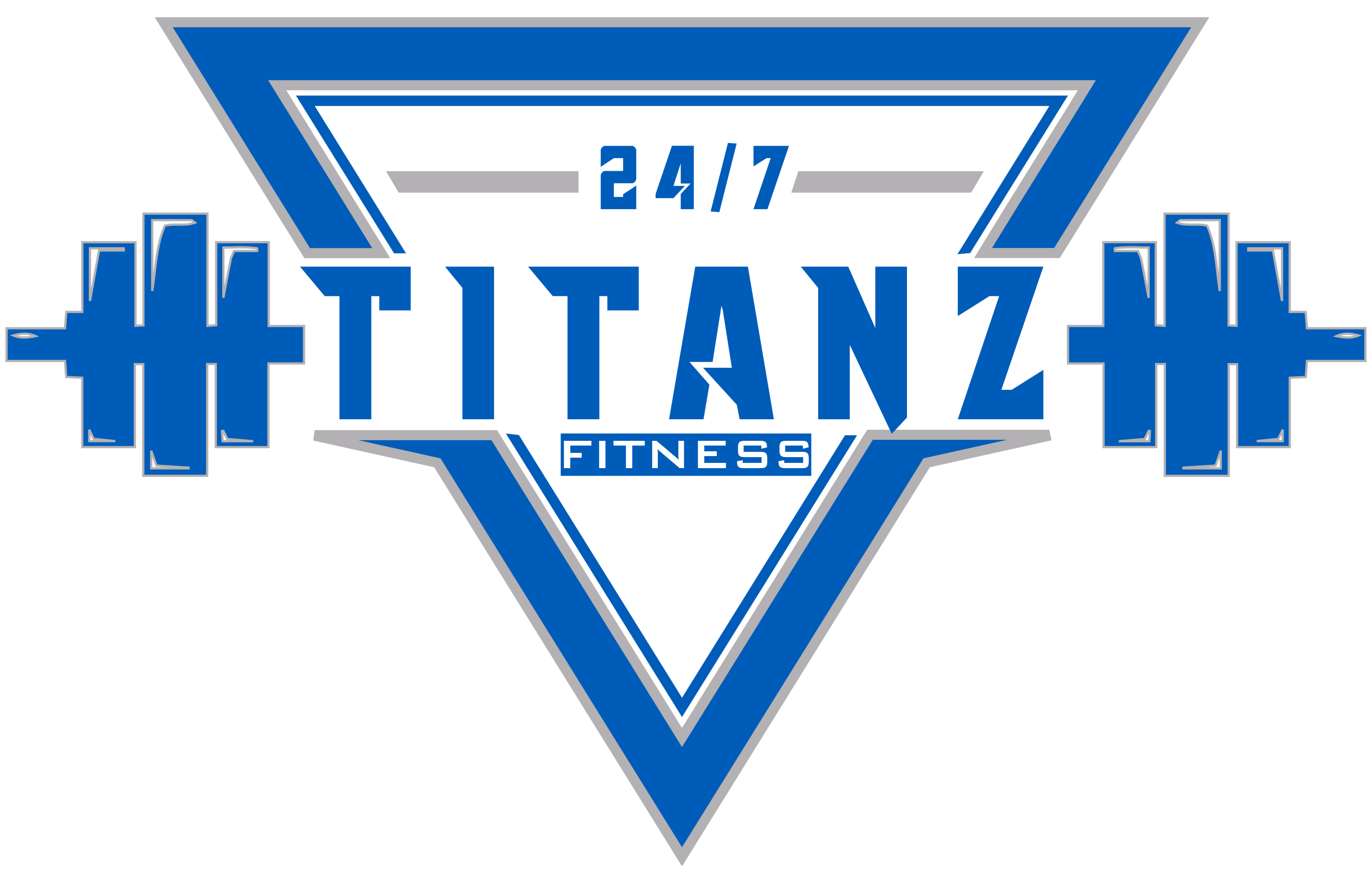For those looking to increase numbers on heavy, compound movements, a weightlifting belt could be just the tool to get the job done. While there’s some current debate on the efficiency of the once widely-used belt, research shows that employing one during heavy lifting can have a hugely positive impact on both strength and spine stability. They also help the body follow a safe movement pattern, reducing forward flexion of the spine.
Curious about how a weightlifting belt can improve those major lifts? Below are three major benefits of wearing a lifting belt.
Improved Biomechanics
Everyone knows: lift with the legs, not the back. Even those who aren’t regular gym-goers have heard these words of advice. While lifters don’t want to neglect training the erector spinae (lower back muscles), using them to lift safely is critical. Research has shown that the use of a weightlifting belt drastically reduces forward flexion of the spine. It also increases flexion in the hips and knees.
What does that mean for lifters? It means stronger legs, glutes, and lower back muscles. This movement pattern (flexion at the hips and knees) is the same movement pattern that should be employed with other major lower body lifts, such as squats.
Increased Spinal Stabilization
While many argue that a weightlifting belt can reduce abdominal activation while lifting, research has shown otherwise. Studies show that lifting belts can increase intra-abdominal pressure by up to 40 percent – a critical component to lifting heavy weights. Intraabdominal pressure helps stabilize the spine while lifting substantial loads and helps to decrease stress on the vertebrae and spinal discs. In fact, research shows that using a weightlifting belt can decrease pressure on the spinal discs by up to 50 percent. Why does this occur? Because the simple act of wearing a belt causes the user to push against it with the core during the most demanding portions of the lift. Without the belt, this force is impossible to create. It may be possible to brace the abs, but there is nothing to push against to increase pressure within the abdominal cavity.
Increased Strength and Power
Research shows that wearing a weightlifting belt can help increase a one-rep max. One study asked lifters to perform one-rep max squats both with and without a belt, and results favored wearing a weightlifting belt. When wearing the belt, lifters increased their weights by an average of 10 pounds. Other studies show that wearing a belt helps increase average rep speed and muscle activation in the hamstrings and quadriceps. Since these are some of the largest and strongest muscles in the body, increased activation can lead to greater muscle development, which directly translates to increased power and strength.
While investing in a weightlifting belt can enhance your workout, the investment in a personal trainer who can customize a fitness and nutrition plan is the key to a complete transformation. Titanz Fitness personal trainers provide motivation, results-oriented workout plans, and nutrition plans to keep you performing at your peak. Try a free fitness class today.



